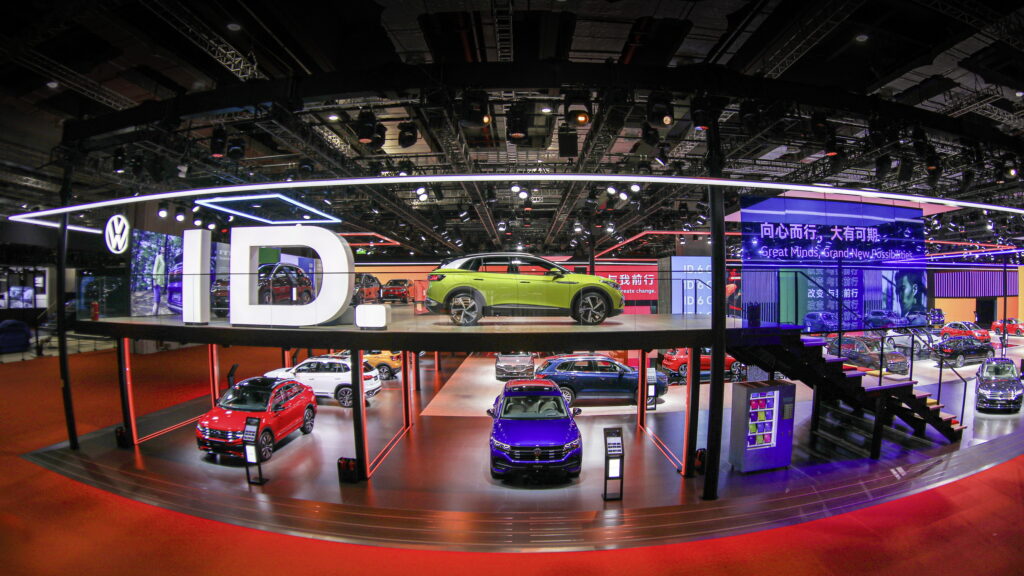GM’s Wuling Mini EV Debuts With Cuter Looks And A 5-Door Option
- The best-selling EV family in China with 1.4 million units delivered just got a new member.
- The new generation of the Hong Guang Mini EV is larger, cuter, and more spacious.
- The urban EV will be available in three-door and five-door versions for the first time.
In the world of ultra-budget EVs, standing still is as good as falling behind. The SAIC-GM-Wuling joint venture seems to understand this all too well, unveiling a reimagined Hong Guang Mini EV that swaps its boxy austerity for curves and finally adds a five-door option to the mix.
More: GM’s Wuling Hong Guang EV Is A $10k Minivan With A Tesla Face
The best-selling EV family in China has more than 1.4 million cumulative sales since the debut of the original Hong Guang Mini EV in 2020. However, the growing number of competitors has caused its sales to drop over the past two years, prompting the company to perform a comprehensive redesign.
A Smoother Shape, Same Miniature Footprint
The new Hong Guang Mini EV abandons its angular roots in favor of a more rounded, approachable design. The softened headlights and curvier silhouette draw inspiration from Wuling’s slightly larger Bingo EV supermini, but the Mini EV stays true to its identity with diminutive 13-inch wheels and a playful presence.
Perhaps the most notable upgrade is the addition of a five-door version, offering significantly improved practicality over the three-door model, which remains available. Both variants share the same front and rear styling, leaving the side profile as the only clue to tell them apart.
SAIC-GM-Wuling
Bigger Dimensions, Better Space
Regardless of the bodystyle, the new Wuling Hong Guang Mini EV measures 3,256 mm (128.2 inches) long, 1,510 mm (59.4 inches) wide and 1,578 mm (62.1 inches) tall, with a wheelbase of 2,190 mm (86.2 inches). This makes it 336 mm (13.2 inches) longer compared to its three-door-only predecessor, with an extra 250 mm (9.8 inches) between the axles.
Inside, the restyled dashboard incorporates a digital cockpit with two separate displays, physical knobs for the climate controls on the center console, and a matching gear selector between the seats. According to Wuling, the stretched wheelbase results in a more spacious cabin, especially for the rear passengers.
More: SAIC-GM-Wuling’s New Concept Is Part Lancia, Part Sci-Fi Dream
While Wuling hasn’t shared all the technical specs, Chinese MIIT filings reveal that the new model retains a single rear-mounted electric motor producing 40 hp (30 kW), the same as the most powerful version of the outgoing Mini EV. Power is supplied by a lithium iron phosphate battery of unspecified capacity. Range figures remain unconfirmed, but the current model offers up to 280 km (170 miles) with its largest available 26 kWh battery pack, so expectations will likely be in a similar ballpark.
SAIC-GM-Wuling will start accepting orders for the new Hong Guang Mini EV soon, as the first examples have already been spotted in Chinese dealerships. Pricing will be announced at a later date, although we don’t expect big changes compared to the outgoing model’s starting price of ¥32,800 ($4,500).






